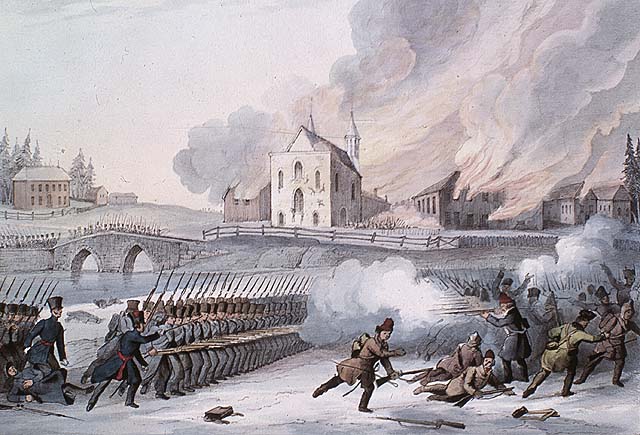Article
Queen's Own Rifles of Canada Band
Queen's Own Rifles of Canada Band. One of Canada's oldest and most famous volunteer militia bands, formed in Toronto in 1862 under the direction of Adam Maul, an Englishman who had served in the imperial army. Its early directors included William Carey 1875-9 and John Bayley 1879-1901.









